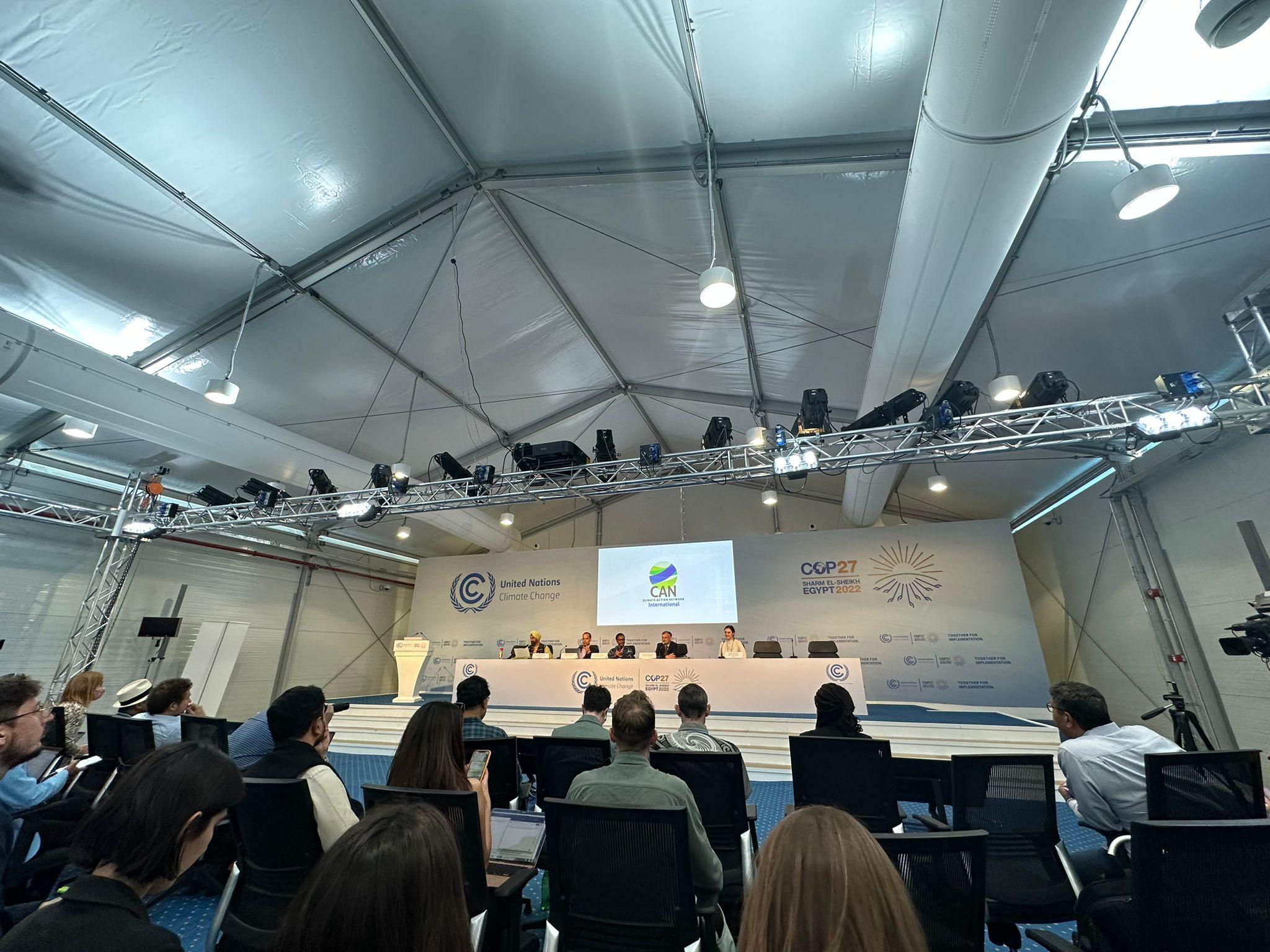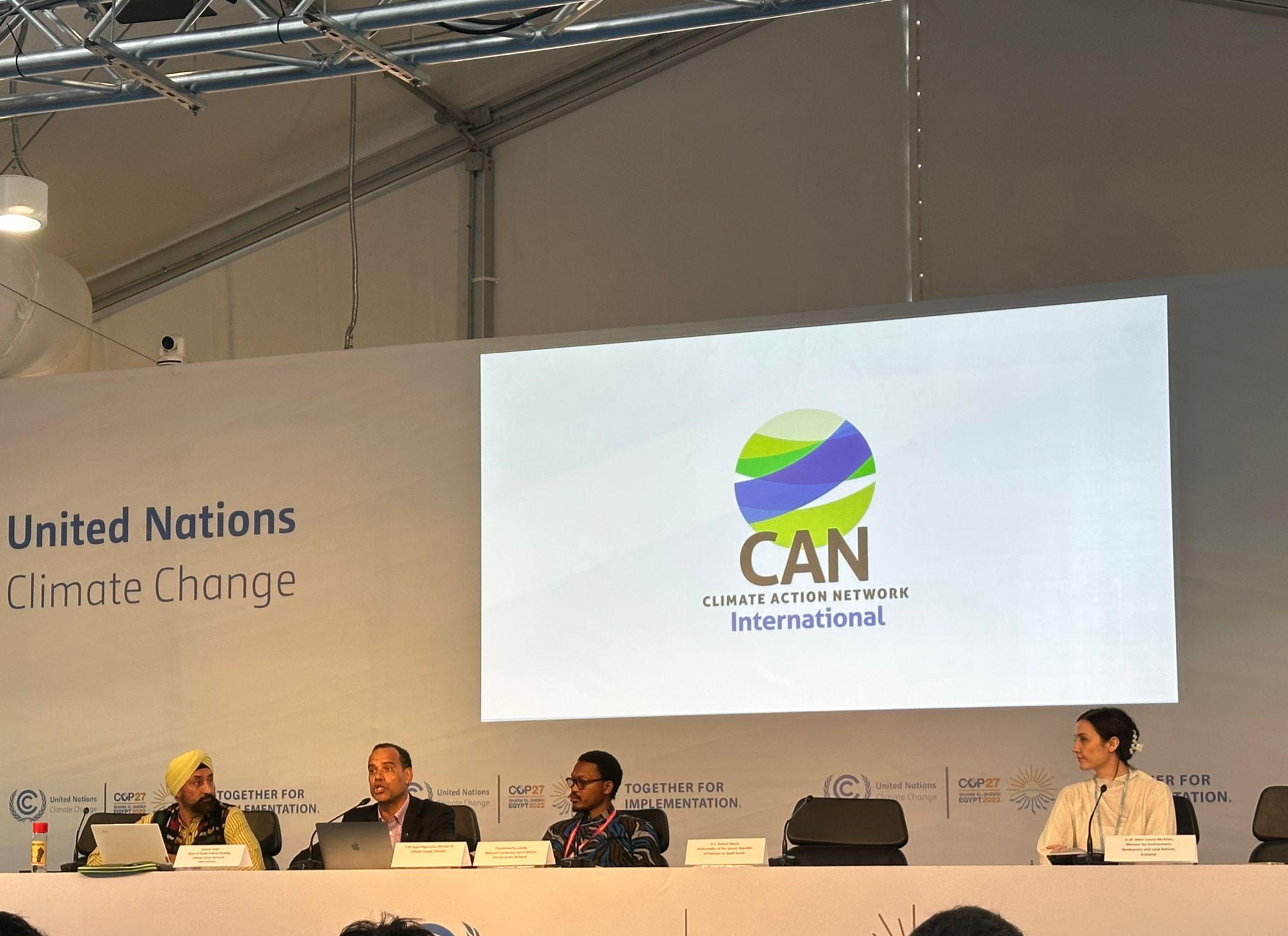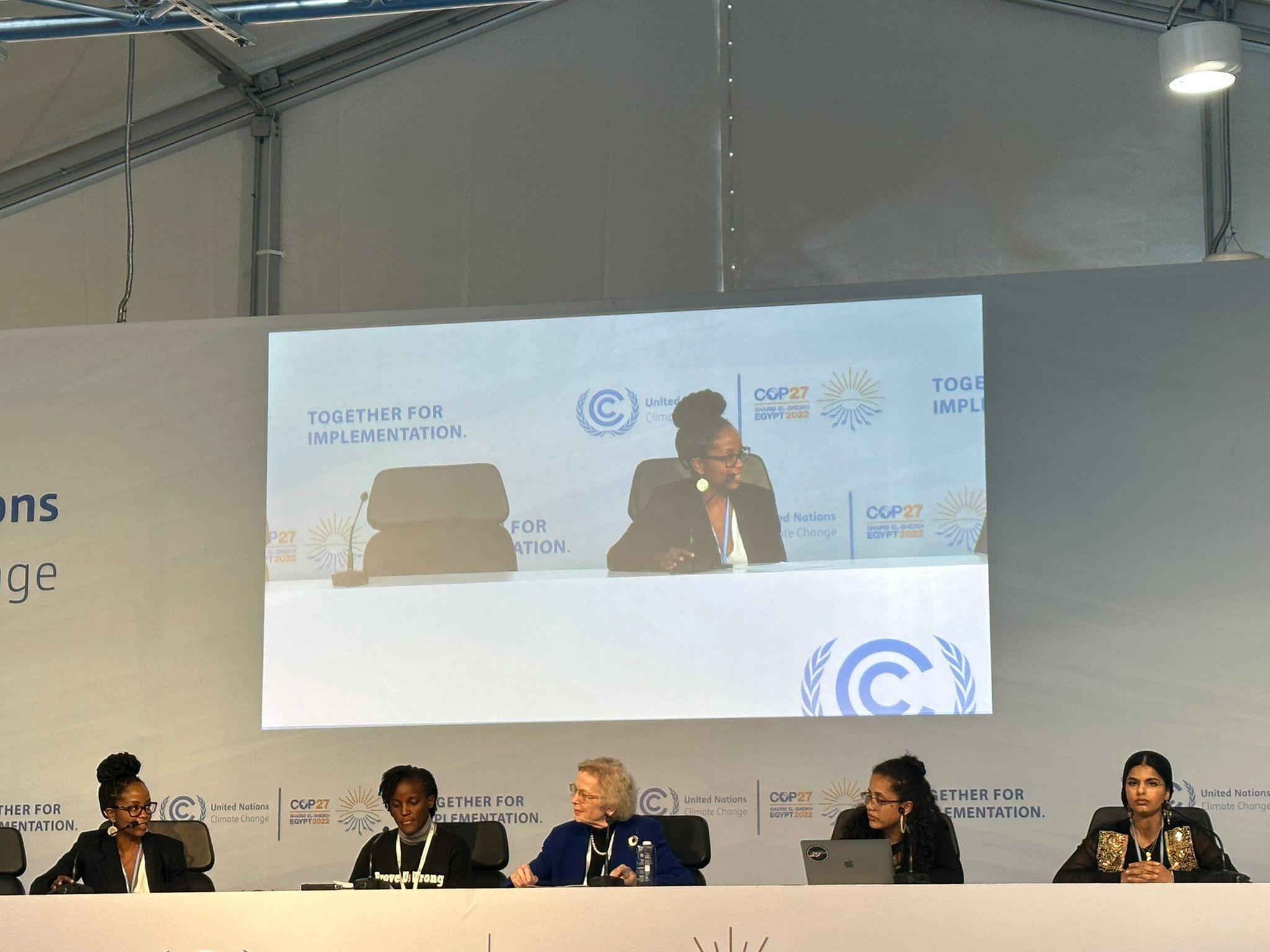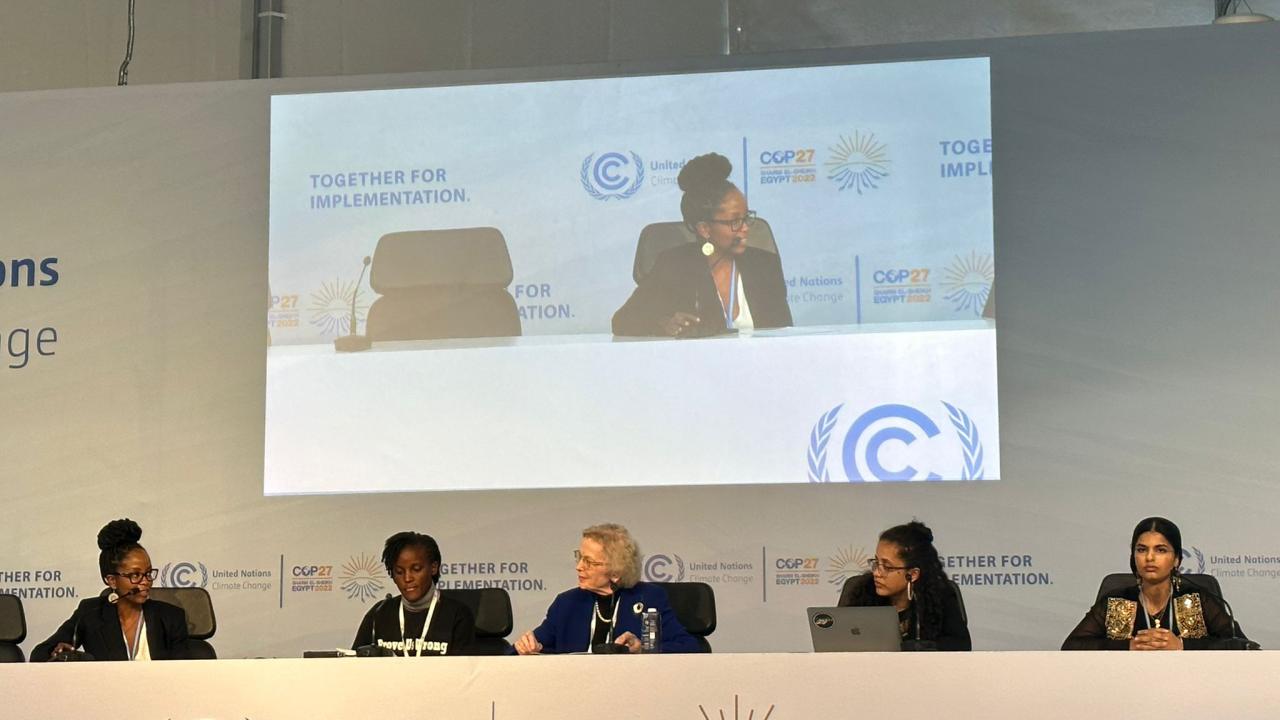It’s Thursday of Week 2 here at COP27, which means it’s crunch time for everyone - not only for parties, but also for civil society actors whose voices are getting louder and louder as more and more draft cover decision text emerges. This morning, the Egyptian Presidency released an unusually long “non-paper” of 20 pages which, according to the Center for International Environmental Law (CIEL), makes it “FAR harder for civil society to have a voice in influencing the final decision.” Is this a deliberate move? As Climate Home News noted on the non-paper, “This is not a text that has been discussed by countries, but elements reflecting what Egypt has gathered from consultations with countries.”
As I am writing this, the formal negotiations of parties to discuss and decide the cover text have still not begun, and almost no agenda items have been agreed upon - less than 24 hours from the indicated end of COP27. At this point, I don’t think anybody expects a timely wrap-up here in Sharm (not that I had - my return flight is booked for Sunday).
The non-paper contains general information to L&D: “recognizing” the Paris Agreement (Art. 8), “expressing deep concern towards the significant financial costs associated with loss and damage for developing countries” and so on, but it does not contain anything but placeholders on the most crucial point - loss and damage finance. This means the next hours (or days?) are of the essence when it comes to agreeing on a potential L&D finance facility.
This is why many civil society actors went to the press conference rooms today to, once again, make publicly clear why we need an L&D funding mechanism here and now. I attended two press conferences this morning, one by CAN International and one by 350.org.
The CAN International press conference dealt with loss and damage finance and the G77+China proposal. Ambassador Nabeel Munir of Pakistan reiterated the urgency of the matter and highlighted that “loss and damage is not charity, it is climate justice; what we are asking for is burden sharing and nothing more than that.” He also acknowledged that it will take time to establish the facility and get the funds needed into it, but he made clear that the fundamental decision about loss and damage finance can no longer be delayed.

This was reiterated by the Minister of Climate Change of Vanuatu, Ralph Regenvanu, who said “we are out of time, money and patience.” He also emphasised the need for “mosaic” or ecosystem of loss and damage funding. (As the Loss and Damage Collaboration explains, the term “mosaic of solutions” was coined by the Maldives at the UN in New York earlier this year to mean a set of concerted approaches that fit together just like a mosaic.) Minister Regenvanu later added that “negotiations are fast and furious now” - which seems appropriate given the scale of challenges still ahead.

I stayed put in the room to listen to the next press conference by 350.org on intergenerational inputs. The all-women panel featured Vanessa Nakate, Mary Robinson, Kathy Jetñil-Kijiner and Ayisha Siddiqa. Ayisha Siddiqa, an environmental and human rights activist from Pakistan, kicked off the interventions by reading out her powerful poem - 'So much about your sustainability, my people are dying' - which left many speechless, including Mary Robinson who went after her. It was a somber testimony to the impacts of climate change on the people and the land of Pakistan. Mary Robinson, former president of Ireland and Chair of the Elders, needed to take a deep breath before she was able to speak, noting - as we have heard before - that loss and damage progress is the litmus test for COP27. Vanessa Nakate, climate activist from Uganda, pointed out that there is “no climate action without climate justice” and Kathy Jetñil-Kijiner in her role as climate envoy of the Marshall Islands provided some insights into the negotiations. She said that AOSIS is concerned by how the new agenda item has been managed and that a loss and damage fund is needed now and not at COP29 (as some have expected given the traditional orchestration and sequence of COPs).

If you want to follow the latest updates on what is happening at COP27, especially regarding the cover text, I recommend following Twitter accounts, like the ones from Carbon Brief, Climate Home News and the Loss and Damage Collaboration (for specific loss and damage-related news). There are of course many more great ones (especially if you are already in the Twitter COP27 bubble). If you are looking for the original documents (of draft texts, speeches, etc.), you can find them on the UNFCCC website here.
That’s it from Sharm for today. I will be back tomorrow!



